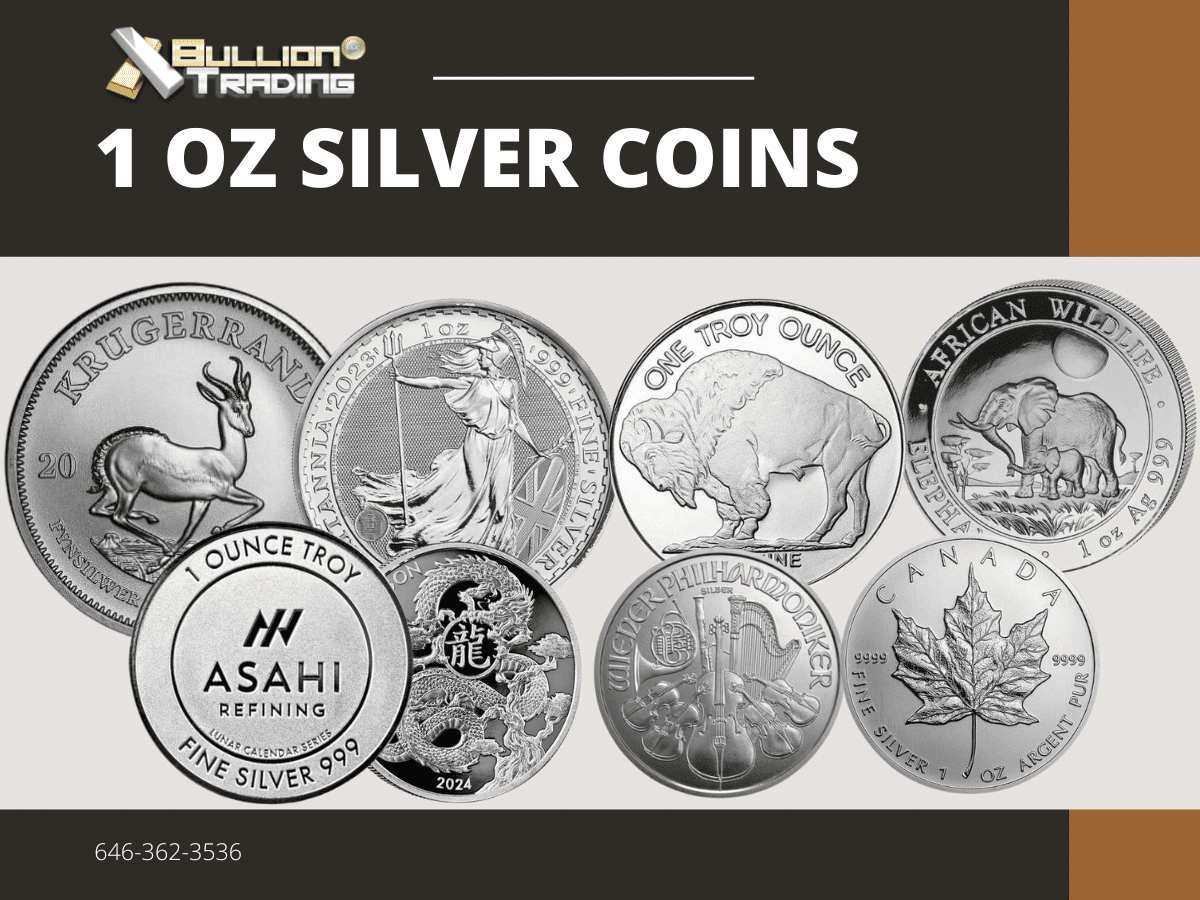At Bullion Trading LLC, we understand that navigating the world of precious metals can be complex, especially when it comes to understanding premiums and the overall trading process.
The Journey of Gold: From Production to Constumer
Every company in the precious metals industry, including renowned producers like PAMP, incurs various costs. These include production, rent, insurance, packaging, and shipping. Naturally, these costs are passed down the supply chain, starting from major distributors who purchase gold in bulk. These distributors then sell smaller quantities to gold dealers, each step adding a small premium to cover their respective costs.
When gold reaches dealers like Bullion Trading LLC, it is further subjected to additional costs such as inventory management, staff salaries, rent, insurance, and marketing. Consequently, a final premium is added before the product reaches the consumer.
Buying and Selling Gold: The Role of Premiums
When purchasing gold from suppliers, dealers must consider various factors, including current inventory levels and market demand. Conversely, when individuals sell gold to dealers, the process involves buying at a lower price to account for potential risks and storage costs. Dealers need to evaluate how much of a particular product they have, how frequently it moves, and market conditions to determine the buying price.
Premiums are also influenced by competitor pricing. At Bullion Trading LLC, we regularly scan our competitors’ prices to ensure our offerings are competitive. If a product’s price is significantly out of line, we may either adjust the price or temporarily mark the item as out of stock.
Market Dynamics and Premium Fluctuations
The price of gold is highly volatile, and dealers must navigate these fluctuations carefully. Typically, when the price of gold rises, more people sell their gold, leading to an oversupply. Dealers may then lower premiums to attract buyers and balance their inventory. Conversely, when gold prices fall, demand increases, causing suppliers to raise prices due to higher demand from dealers.
For example, in December 2023, a customer sold a significant amount of gold to us, allowing us to control our inventory levels. However, as more people sold gold, premiums decreased, impacting our ability to resell at previously agreed prices. Despite these challenges, we honored our commitments and adjusted premiums to manage inventory effectively.
Sales and Market Predictions
Contrary to popular belief, dealers do not put items on sale based on market predictions. Sales are typically a response to inventory levels. If a dealer has an excess of a particular item, they may lower the price to move inventory. This practice is not an indication of expected market downturns but a strategy to manage stock efficiently.
Conclusion
Understanding the dynamics of gold premiums and bullion trading is crucial for both buyers and sellers. At Bullion Trading LLC, we strive to offer competitive prices while managing our inventory effectively. By staying informed about market trends and competitor pricing, we ensure that our customers receive the best value for their investments.
For any inquiries or further information, please contact us at sales@bulliontradingllc.com or call +1 646-362-3536. You can also visit us at our physical location: 20 W 47th St Lower Level #24, New York, NY 10036.





